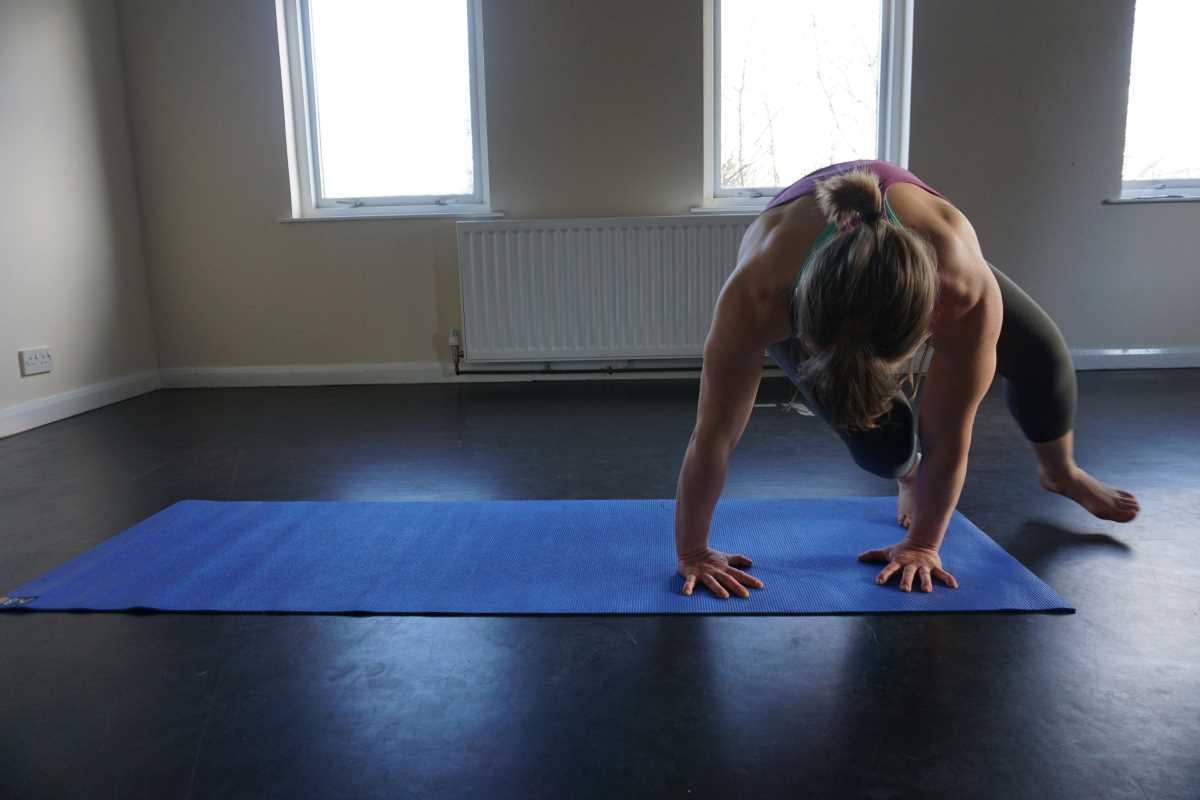City life, with its relentless noise and crowded streets, often leaves people yearning for moments of tranquility. The daily whirlwind of activity can make it difficult to find time for relaxation and clear thinking. Forest bathing, inspired by ancient Japanese customs, provides an accessible solution to this urban dilemma. This practice allows individuals to immerse themselves in nature's calming presence, even amidst the concrete jungle. By incorporating nature into everyday life, city residents can enjoy noticeable enhancements in their mental and physical health, discovering a sense of peace and rejuvenation without having to leave the city behind.
Understanding Forest Bathing
- Origins: Forest bathing, or shinrin-yoku, originated in Japan in the 1980s as a form of nature therapy to combat the stress of modern life.
- Physical Benefits: This practice enhances immune function, lowers blood pressure, and reduces levels of cortisol, the stress hormone.
- Mental Benefits: It improves mood, increases focus and creativity, and alleviates symptoms of anxiety and depression.
- Connection with Nature: This practice encourages a mindful and immersive experience with the natural environment, creating a deeper appreciation for the outdoors.
Five Best Forest Bathing Methods for City Dwellers
- Park Walks: Use local parks for regular walks. Take your time to notice the trees, birds, and other natural elements. Avoid distractions like smartphones to fully immerse yourself in the environment.
- Rooftop Gardens: If accessible, spend time in rooftop gardens or community green spaces. These areas provide a serene escape with natural elements right in the heart of the city.
- Window Views: Create a mini forest bathing session by focusing on green spaces visible from your window. Practice mindfulness by observing the details of the landscape and taking deep breaths.
- Office Breaks: Incorporate short breaks during your workday to step outside and connect with nature. Even a few minutes in a nearby tree-lined street can rejuvenate your mind.
- Nature Sounds: Use ambient nature sounds, such as bird calls or flowing water, to create a calming atmosphere in your home or office. This auditory experience can replicate the feeling of being in a forest.
Creating Your Urban Oasis
Changing your living or working space into a haven of nature doesn’t require a large backyard. Start by incorporating plants that grow well indoors, such as ferns, succulents, or ivy. Urban gardening meets nature therapy: a new approach to wellbeing can guide you in selecting the right plants and arranging them to maximize the sense of tranquility. Consider adding natural elements like stones, wooden furniture, or water features to enhance the peaceful atmosphere.
Using natural light effectively can also significantly impact your urban oasis. Position your plants near windows to ensure they receive adequate sunlight, and use sheer curtains to diffuse the light gently throughout the space. Incorporating natural textures and materials will improve the aesthetic and create a more inviting and serene environment.
Benefits of Forest Bathing in the City
- Stress Reduction: Regular exposure to natural settings can significantly lower stress levels and promote relaxation.
- Enhanced Creativity: Time spent in nature can boost creative thinking and problem-solving abilities.
- Improved Focus: Natural environments help improve concentration and reduce mental fatigue, enhancing productivity.
- Better Sleep: Engaging with nature can regulate sleep patterns, leading to more restful nights.
- Social Connections: Participating in group forest bathing activities builds community and strengthens social bonds.
Making Time for Nature
Integrating forest bathing into a busy city lifestyle requires intentional planning. Start by scheduling specific times each week dedicated to nature activities, whether it’s a weekend park visit or a daily walk during lunch breaks. Treat these appointments with the same importance as work meetings to ensure consistency.
Another effective approach involves combining forest bathing with other daily routines. For example, incorporate mindful breathing exercises while commuting or practice gratitude journaling in a green space after work. By embedding nature-based practices into existing habits, you can seamlessly enhance your wellness without overhauling your schedule.
Forest bathing can enhance urban living by improving well-being and fostering a deeper connection with nature, offering significant health benefits for city dwellers. Incorporating these practices can make city life more balanced and fulfilling.
 (Image via
(Image via





